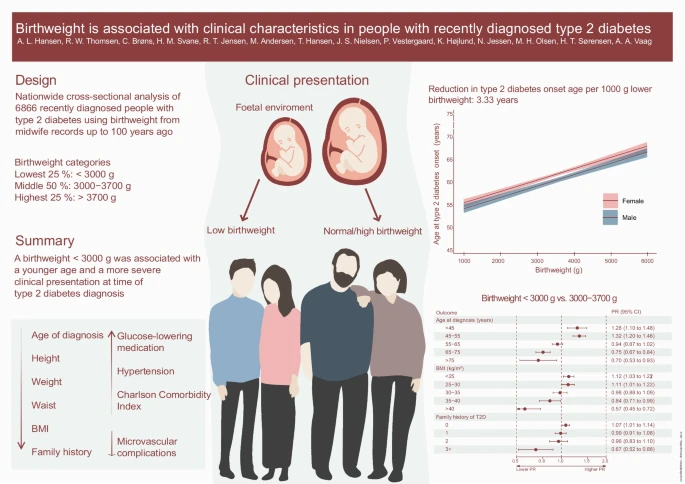Here, compared with men at the lowest end of the normal BMI spectrum, increased risk for an early acute coronary event was detectable already within the normal range of BMI at the age of 18 years, increasing to >5‐fold in the highest weight category at the age of 40 years. 

- Coronary heart disease remains the dominant cause of death worldwide.
- This study aimed to determine whether body mass index at conscription predicts early acute coronary events among men in Sweden.
- This was a population‐based Swedish cohort study of conscripts (n=1 668 921; mean age, 18.3 years; 1968–2005), with follow‐up through linkage to the nationwide Swedish patient and death registries.
The follow‐up period started at the date of conscription (baseline) and ended on December 31, 2017.
- This study identified elevated BMI in adolescence to be associated with a high relative risk of early acute coronary events detectable already within the normal weight range at the age of 18 years, increasing to >5‐fold in the highest weight category at the age of 40 years.
Body Weight in Adolescent Men in Sweden and Risk of an Early Acute Coronary Event: A Prospective Population‐Based Study (open access)
doi.org/10.1161/JAHA.1…
#Obesity #MetabolicSyndrome
doi.org/10.1161/JAHA.1…
#Obesity #MetabolicSyndrome
• • •
Missing some Tweet in this thread? You can try to
force a refresh

 Read on Twitter
Read on Twitter









